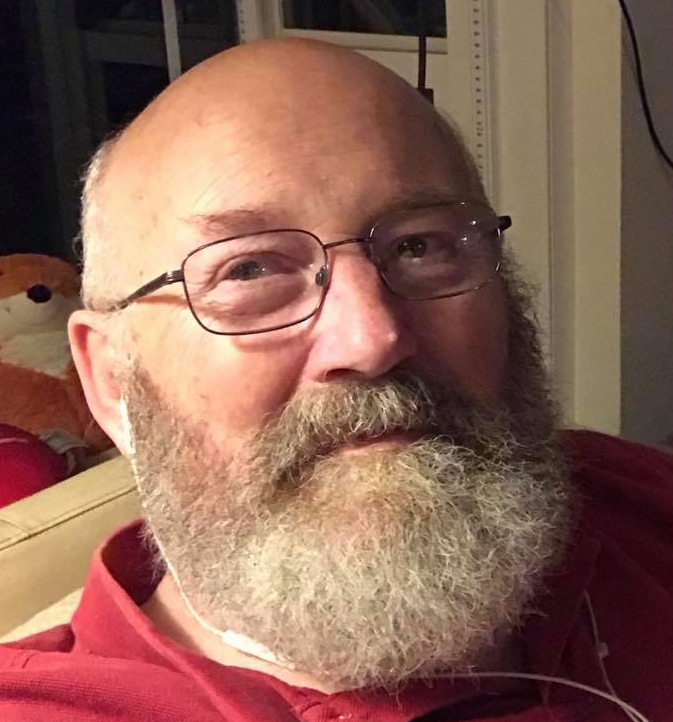
Context from Grok Search Results on tradition of wearing a Russian Orthodox Cross with a leather strap.
- Spiritual Significance and Proximity to the Heart:
- A post on X highlights a Russian Orthodox tradition of wearing the cross under the shirt, close to the skin and heart, rather than as a visible accessory. This practice underscores the cross as a personal, spiritual reminder of faith, not a fashion statement. Your leather cord aligns with this, as its simplicity ensures the focus remains on the cross’s sacred meaning rather than outward display. The 3mm leather rope, being unobtrusive, supports this intimate connection to the heart, reinforcing the idea that the cross is a constant reminder of Christ’s sacrifice.
- Web sources emphasize that the three-bar cross, worn consistently, symbolizes the wearer’s commitment to carry Christ’s cross daily, as taught in Orthodox theology. The leather cord’s durability ensures the cross remains a lifelong companion, aligning with the baptismal tradition where a cross is given to be worn perpetually.
- Cultural and Historical Continuity:
- The three-bar cross, particularly in Russian Orthodoxy, is a cultural emblem tied to the historical practices of Kievan Rus’ and Muscovy. Sources note its adoption as a nationalist symbol in Russia, especially after the 16th century, and its use by Old Believers who preserved traditional designs. Your friend and family may see the leather cord as evoking the simplicity of early Slavic Christians or Old Believer communities, who often used humble materials like leather or woven cords. This resonates with the cross’s role as a link to Russian Orthodox heritage.
- The search confirms that leather cords were common in historical contexts due to their availability and affordability, especially in rural or monastic settings. Your 3mm leather rope with a clasp modernizes this tradition while maintaining its historical essence, which your friend and family members likely values as a marker of authenticity.
- Practical and Symbolic Alignment:
- Web sources describe the three-bar cross’s design as inherently symbolic, with the slanted footrest representing the balance of salvation (upward to heaven for the repentant thief, downward to hell for the unrepentant). Wearing it on a sturdy yet simple leather cord ensures the cross remains secure and functional for daily wear, reflecting the practical needs of the faithful. The clasp adds convenience, allowing easy removal for activities like bathing or sleeping, which is a modern adaptation of the traditional practice.
- The leather cord’s humility contrasts with ornate chains, aligning with Orthodox teachings on avoiding vanity. Your family and friend may appreciate this as a reflection of the monastic ideal of simplicity, even for laypeople.
- Traditional Variations and Regional Practices:
- Some sources clarify that the three-bar cross is not exclusively Russian but is strongly associated with Russian and Ukrainian Orthodoxy, with variations in other Orthodox traditions (e.g., Greek crosses may have a straight footrest). Your elderly family and friend’s insistence on the leather cord may reflect a specifically Russian cultural norm, where such cords are seen as traditional for baptismal or personal crosses.
- Discussions on X and web forums note that the cross’s material (e.g., wood, silver, or gold) and the cord’s type (leather, rope, or chain) vary, but leather is often favored in Russian contexts for its rustic, traditional feel. Your 3mm leather rope fits this preference, likely resonating with your family and friend’s cultural memory.
- Spiritual Intimacy: The leather cord allows the cross to rest close to the skin, under clothing, fostering a personal connection to Christ’s sacrifice, as emphasized in Russian Orthodox practice. This aligns with the tradition of wearing the cross as a sacred, not decorative, item.
- Cultural Authenticity: The leather cord evokes the simplicity of historical Russian Orthodox communities, particularly Old Believers or rural faithful, reinforcing cultural identity and continuity with ancestral practices.
- Practical Tradition: Leather is durable, affordable, and practical, historically used by monks and laity alike. The 3mm thickness and clasp ensure functionality and comfort, adapting tradition to modern needs while preserving its essence.
- Symbolic Humility: The unadorned leather cord reflects Orthodox virtues of humility and modesty, keeping the focus on the three-bar cross’s profound symbolism—Christ’s victory, the Trinity, and the balance of salvation.
”Glory to God in All Things”
—John Chrysostom
http://www.oca.org
http://www.synod.com









